Porous Media Flow Blog Posts

Modeling the Permeability of Composite Reinforcement Materials
Here, we go over how to model the permeability constant of an idealized composite reinforcement material.
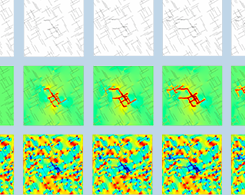
Fully Coupled Hydromechanical Modeling of Fractured Media
Dr. Qinghua Lei of ETH Zürich demonstrates a novel method for modeling fully coupled hydromechanical processes in fractured media with 2 examples: fluid injection and underground excavation.

Modeling a Rapid Detection Test in COMSOL Multiphysics®
Curious about how exactly the rapid detection tests for COVID-19 work? Get a comprehensive explanation here, as well as 3 example models in COMSOL Multiphysics®. (Part 2 of 2)
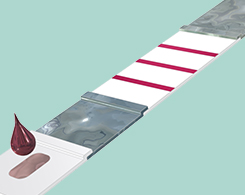
An Introduction to the Physics of Rapid Detection Tests
Rapid detection tests based on lateral flow assay (LFA), also called immunochromatographic tests, can be thought of as quite advanced, yet very robust, microlaboratories. (Part 1 of 2)

Introducing the Porous Media Flow Module
From multiphase transport and non-Darcian flow to local thermal equilibrium and nonequilibrium, we discuss the advanced porous media flow modeling you can do with the Porous Media Flow Module.
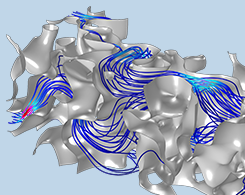
Modeling Darcian and Non-Darcian Flow in Porous Media
Get an introduction to the theory behind modeling flow in porous media, including the Kozeny–Carman, Forchheimer, Ergun, Burke–Plummer, and Navier–Stokes equations.
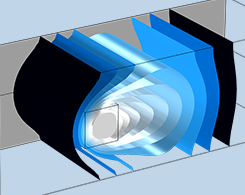
Analyzing the Impact of a Melting Frozen Inclusion
One example of the effects of climate change is the melting of permafrost in northern boreal regions. In this blog post, we show an example of a melting frozen inclusion in a porous medium.
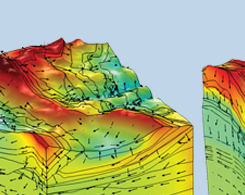
Integration of Geological Structures into Regional-Scale Groundwater Models
To study the dynamics of hydraulic processes at different scales, geotechnical researchers need to be able to integrate complex geological structures into their hydrogeological models.
